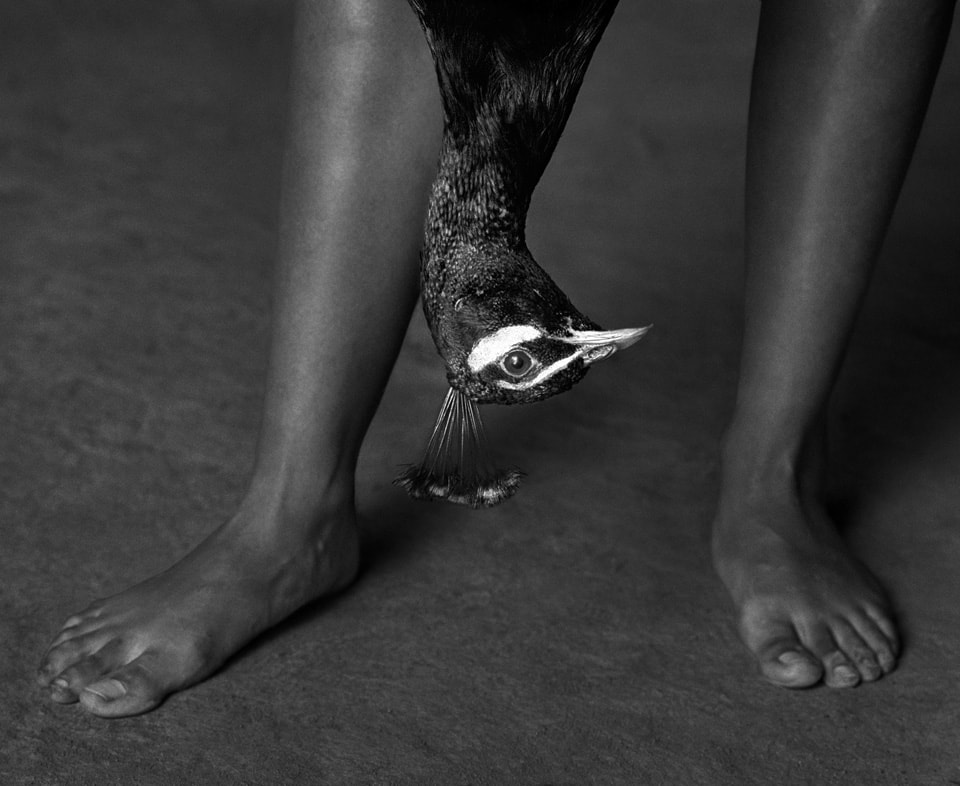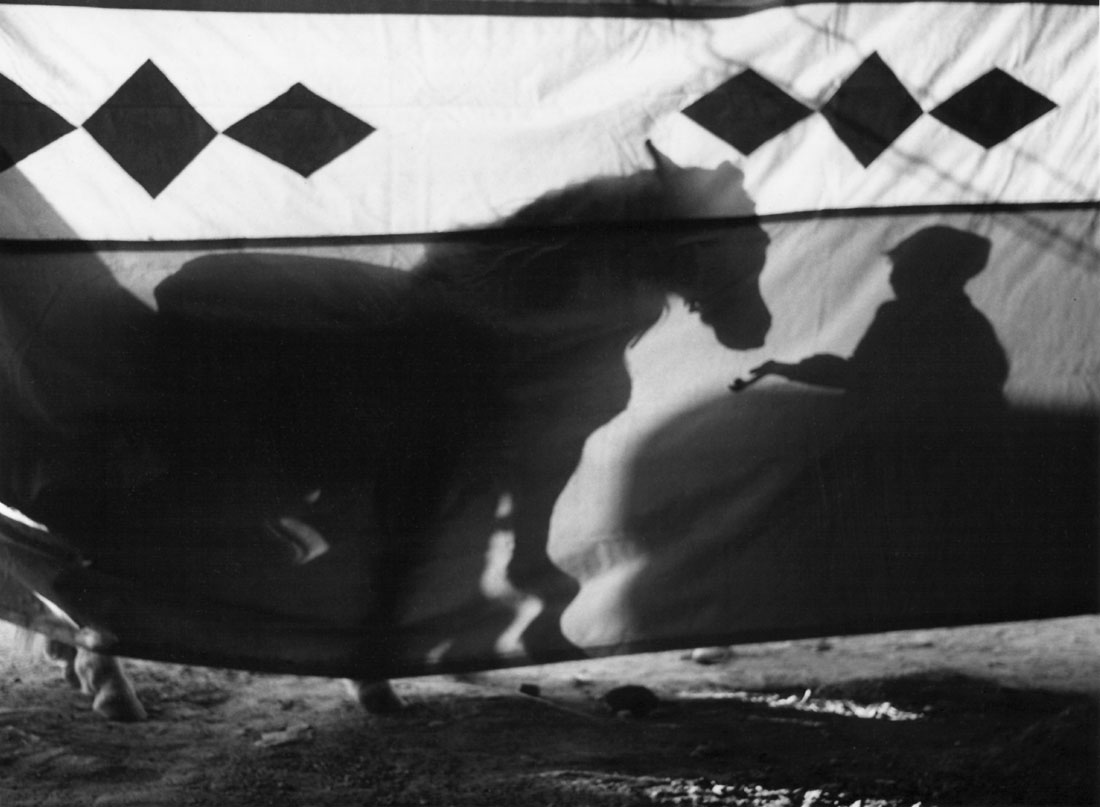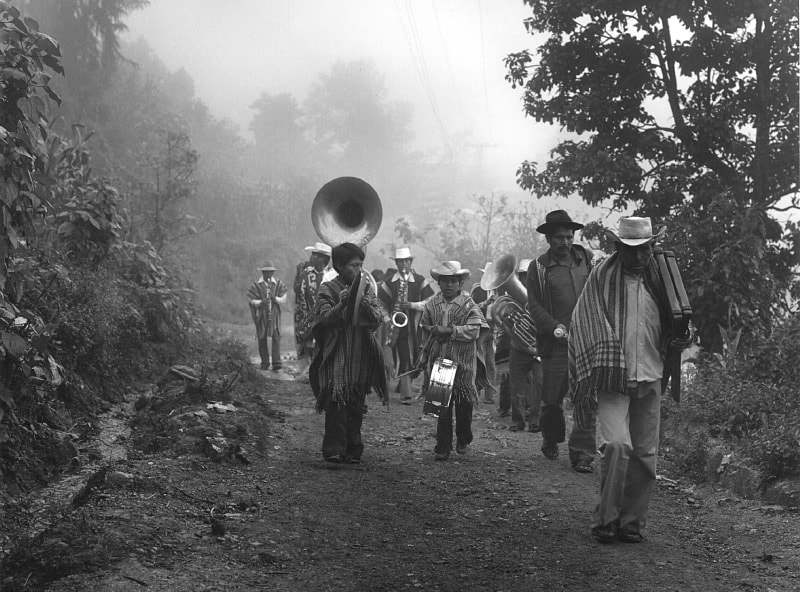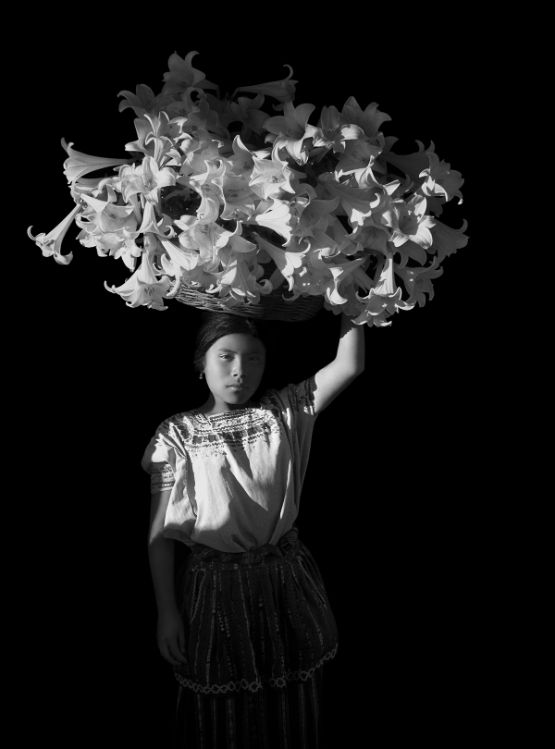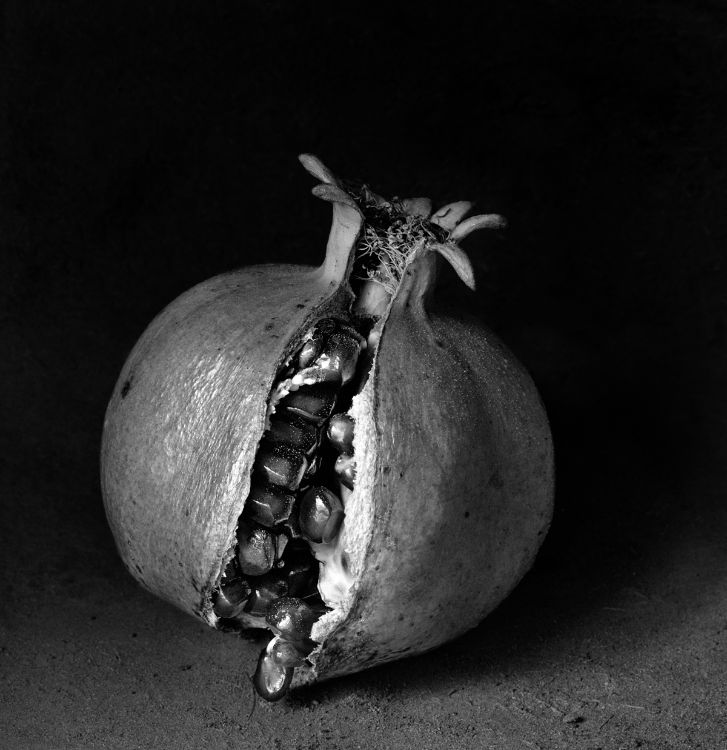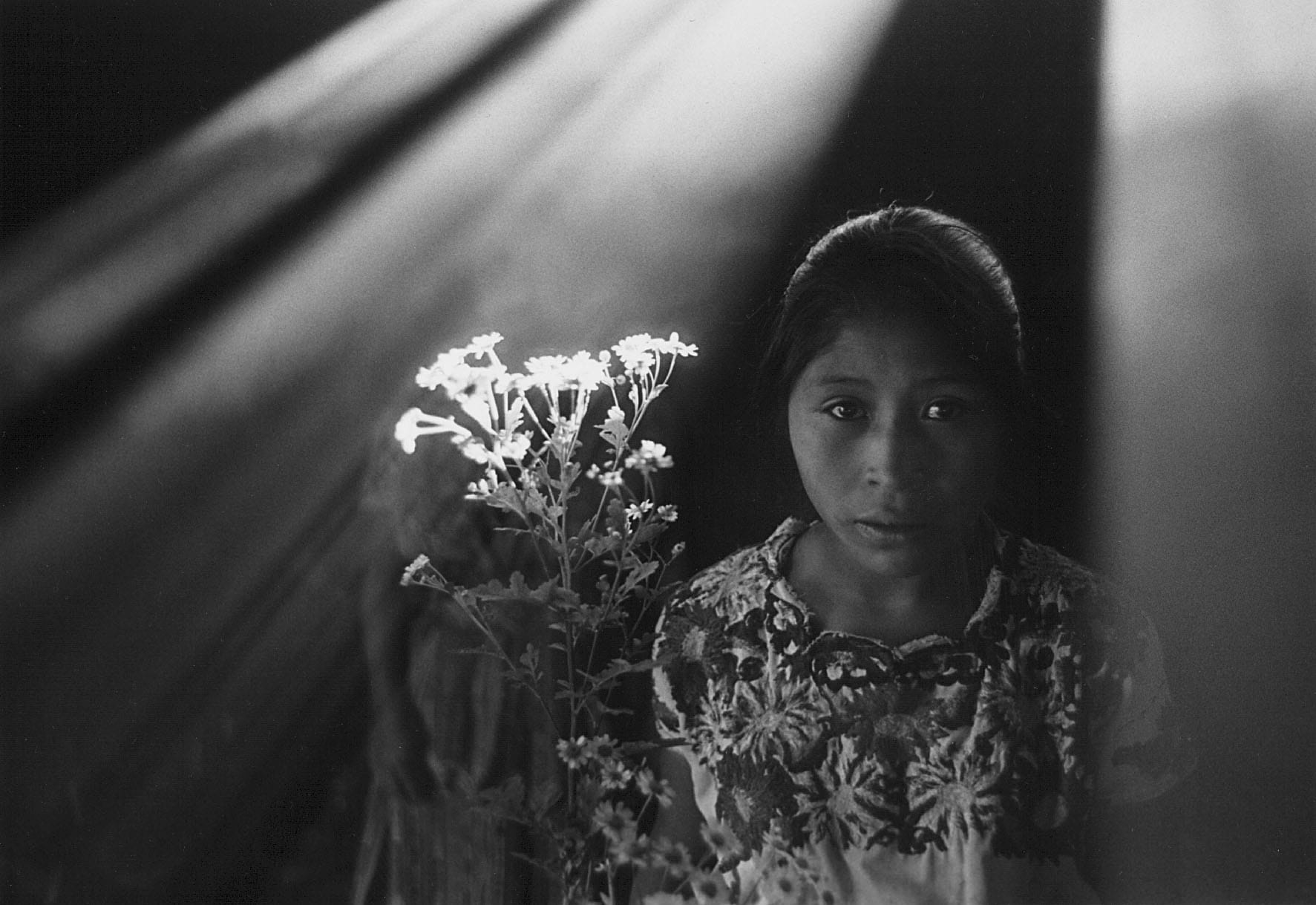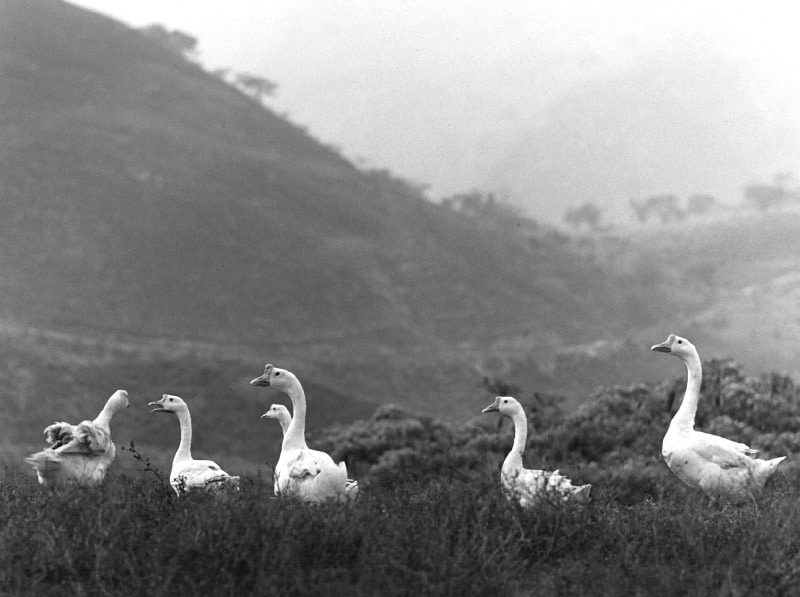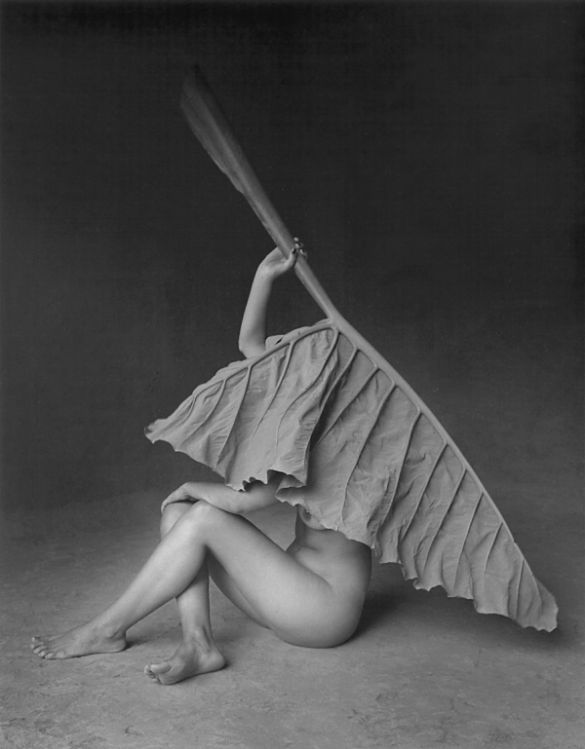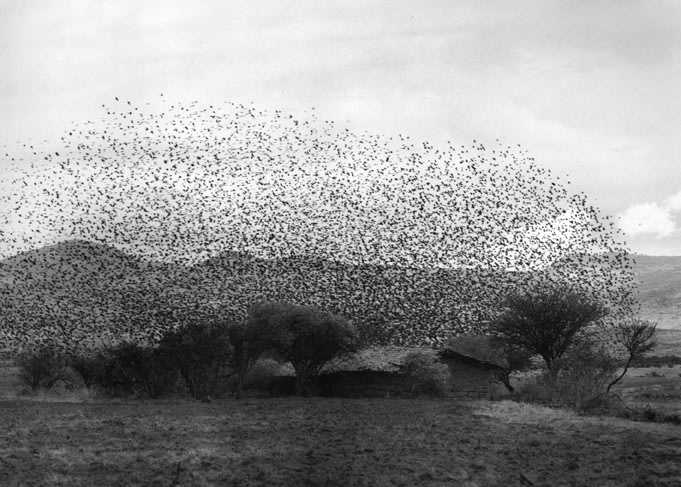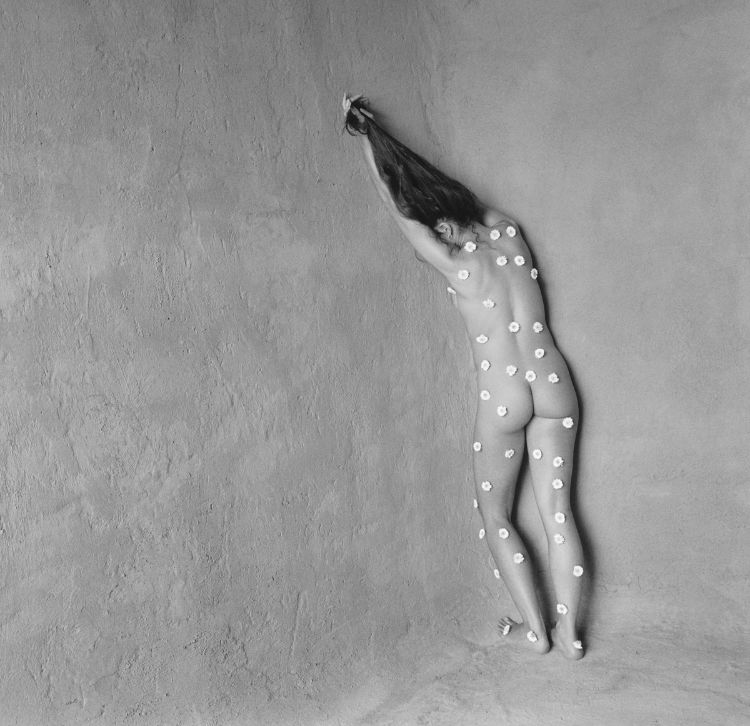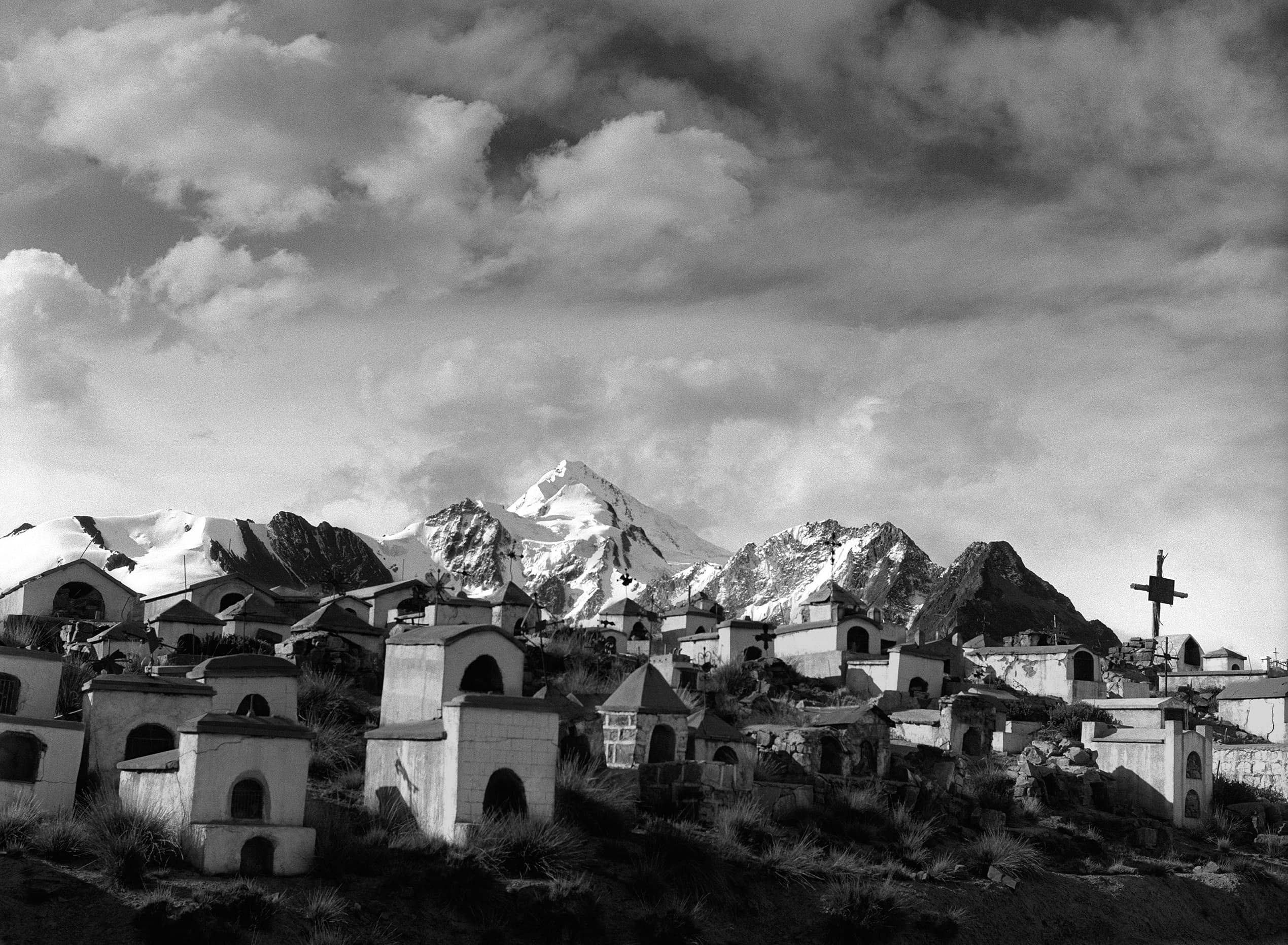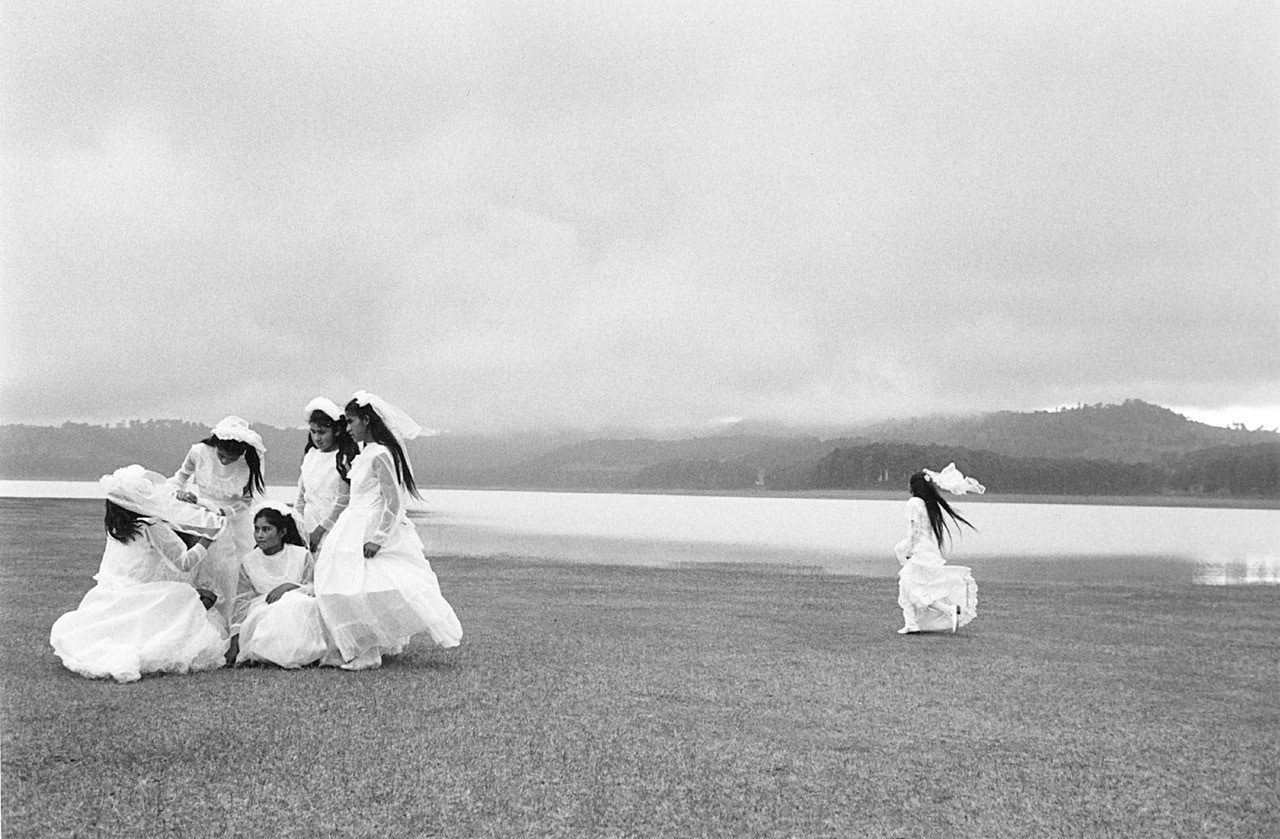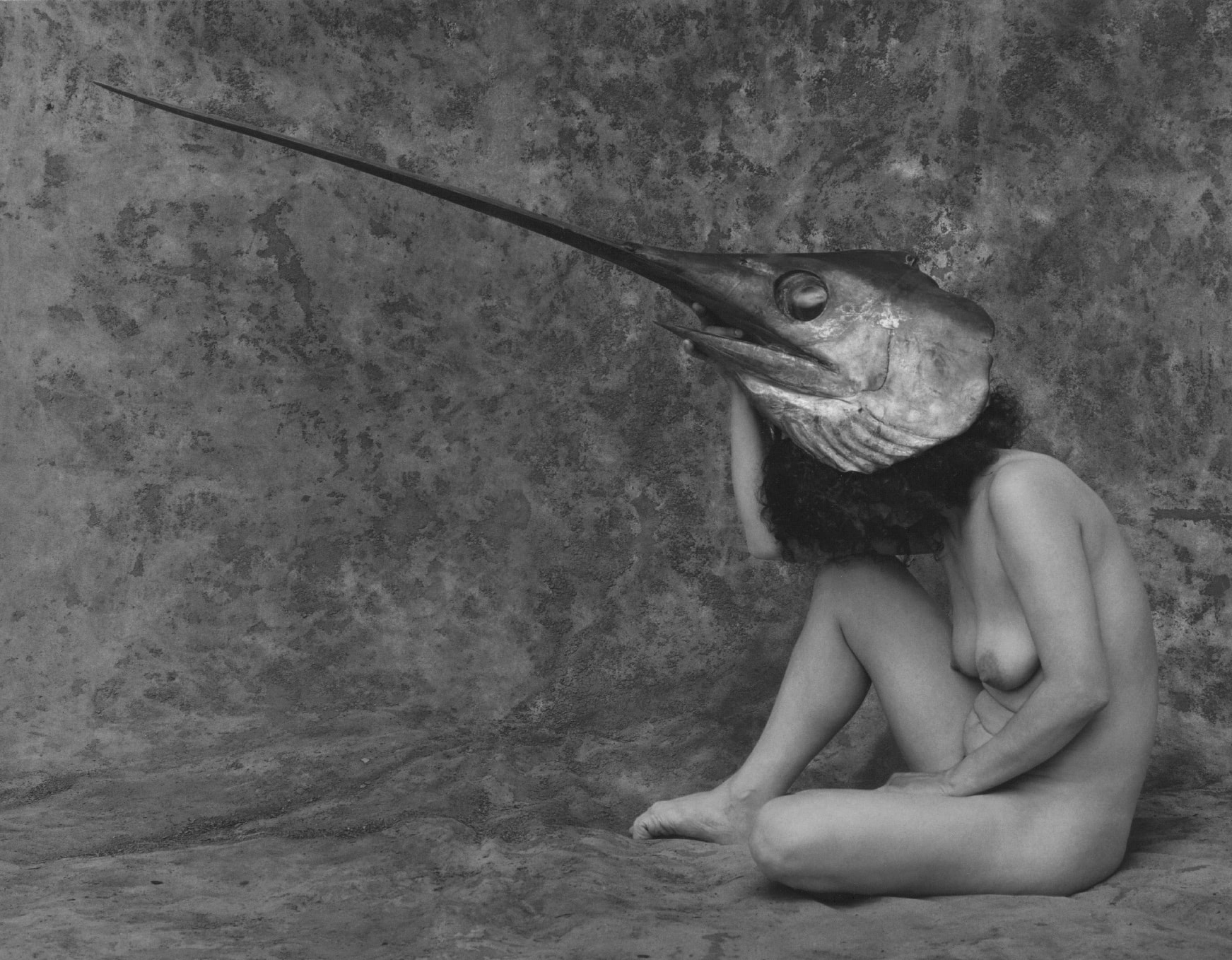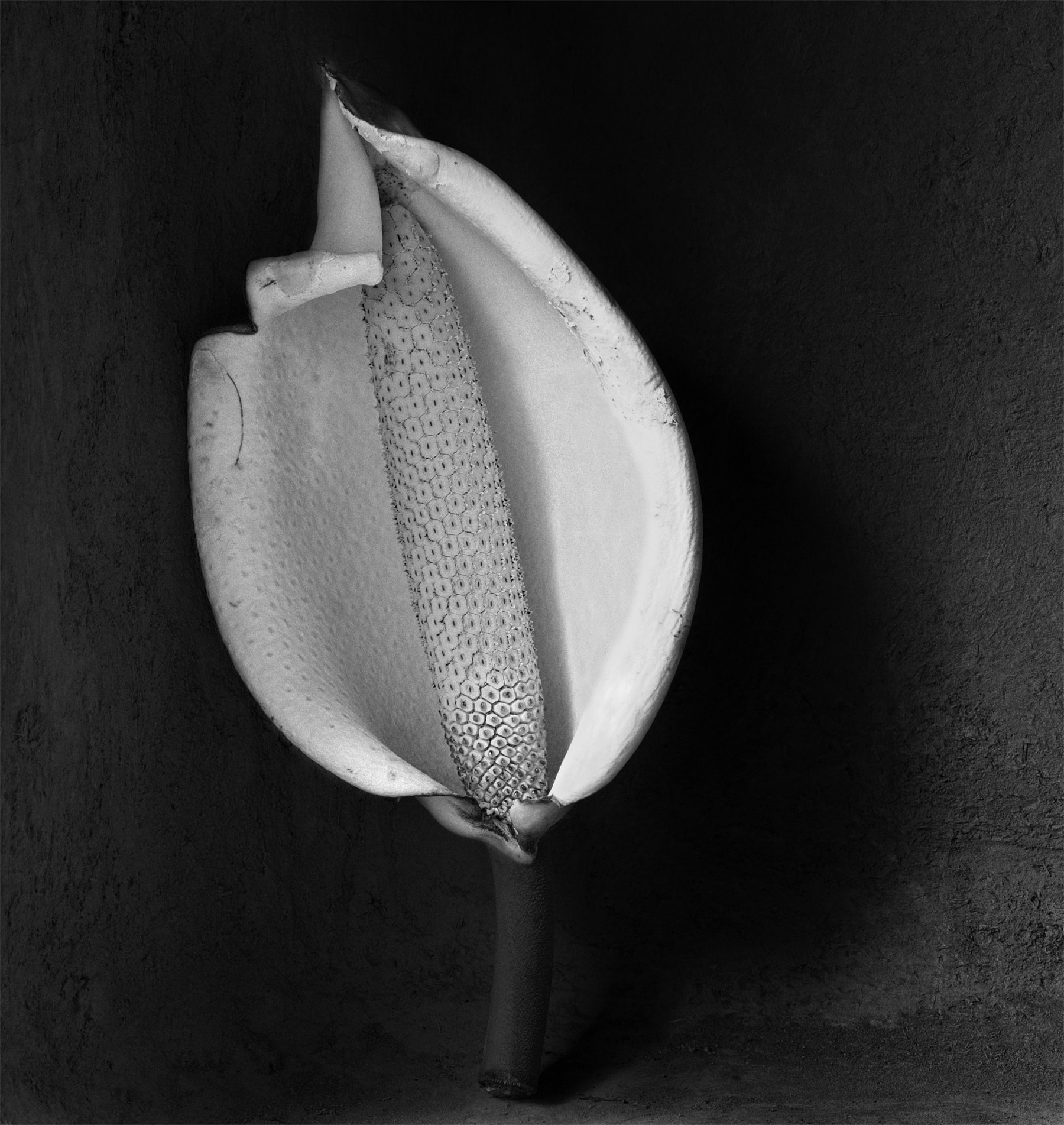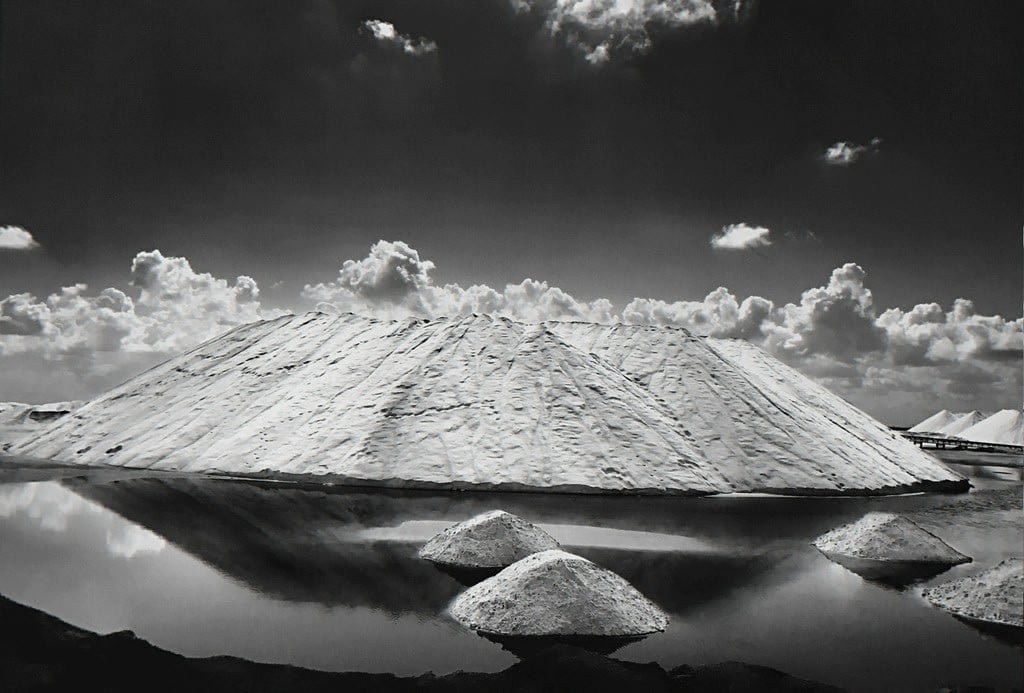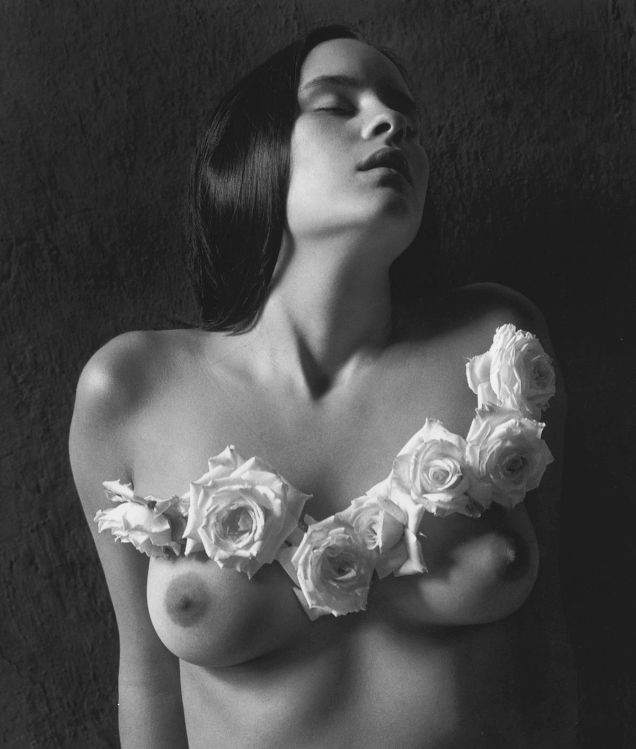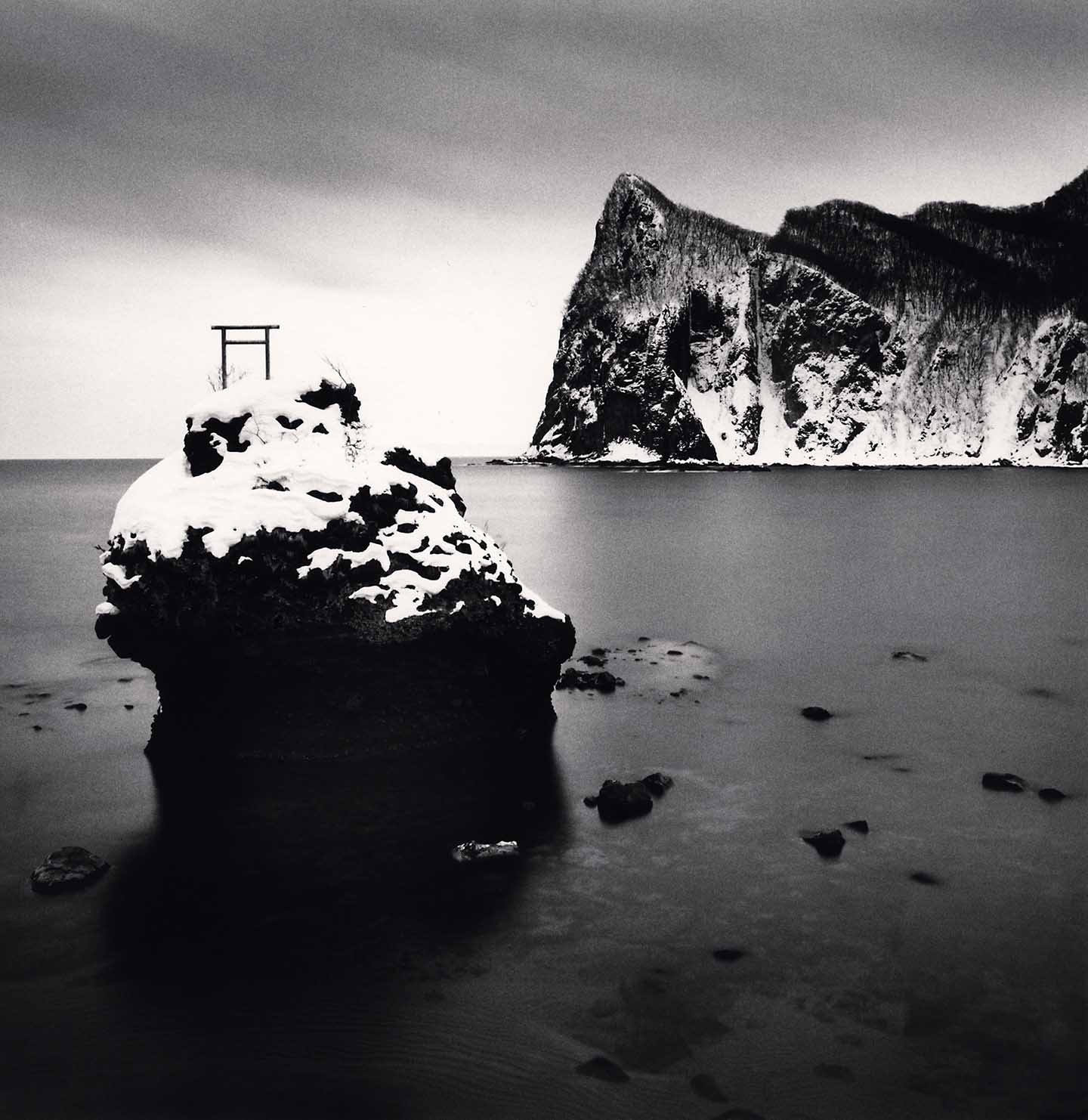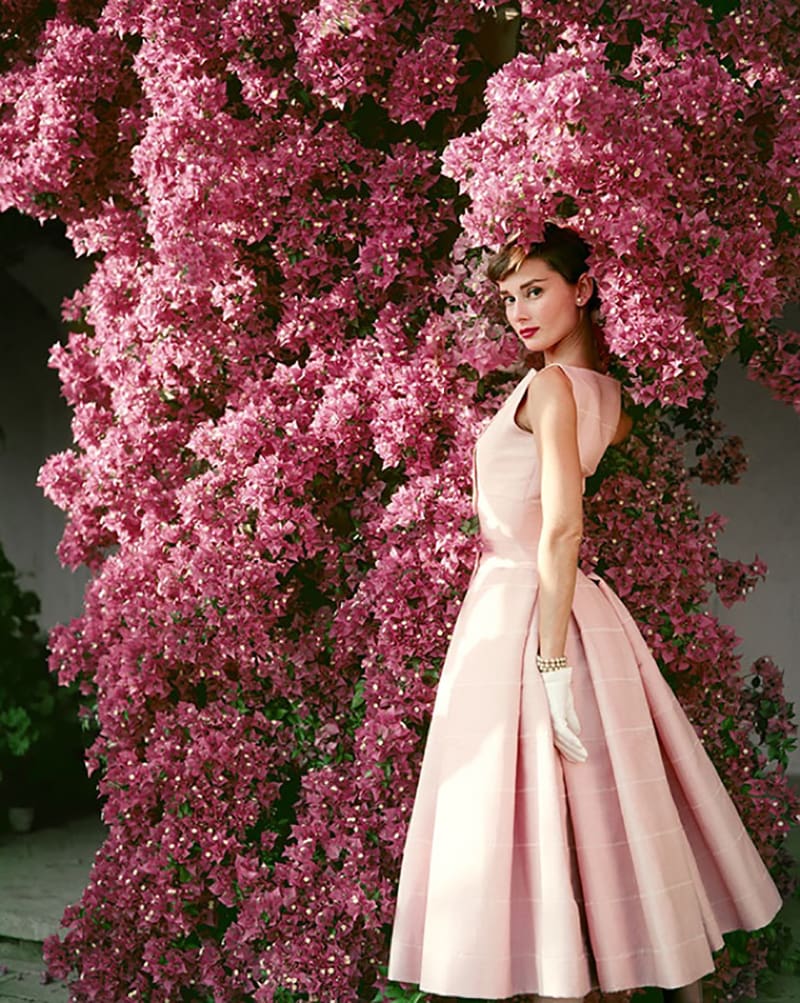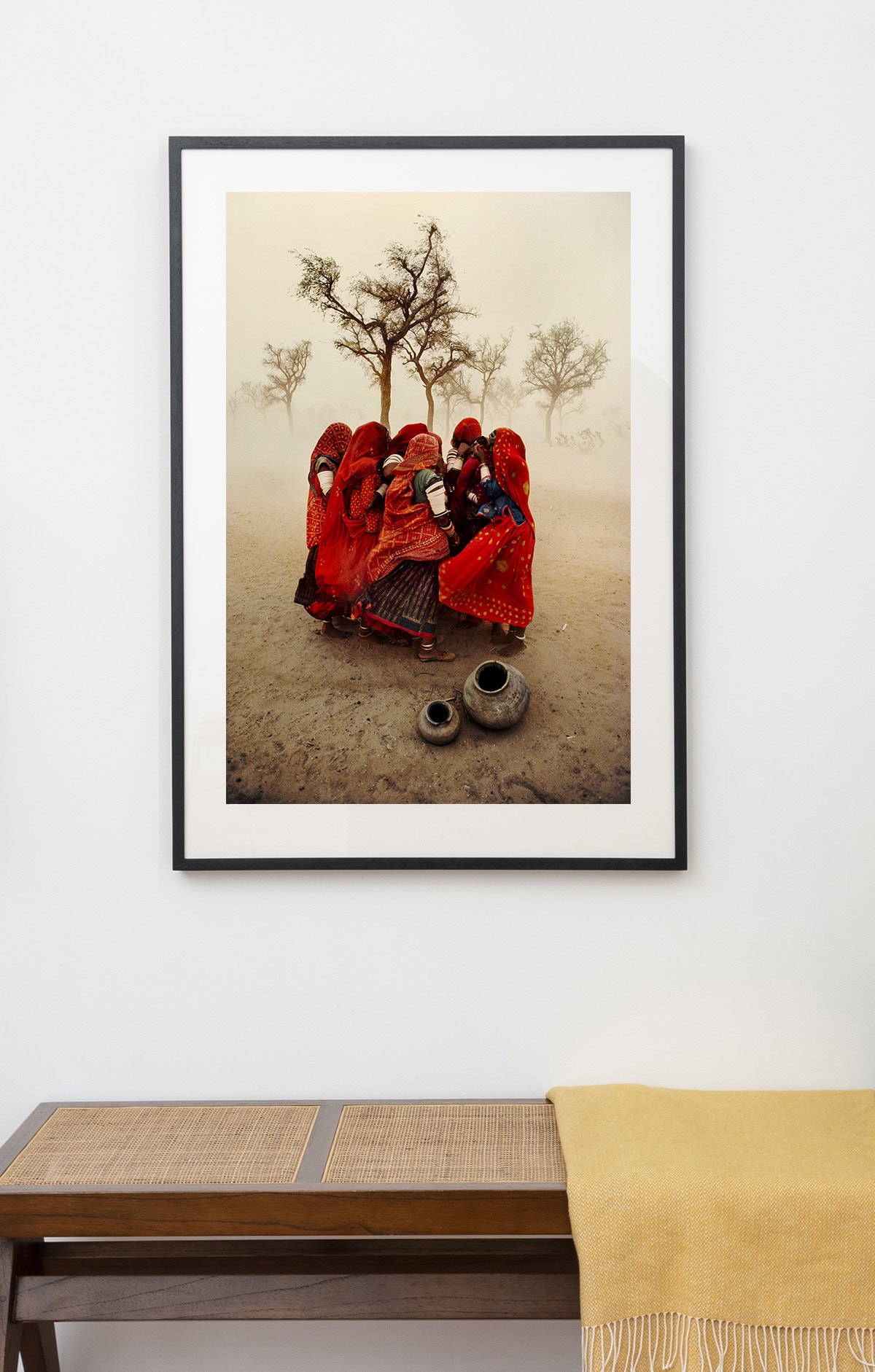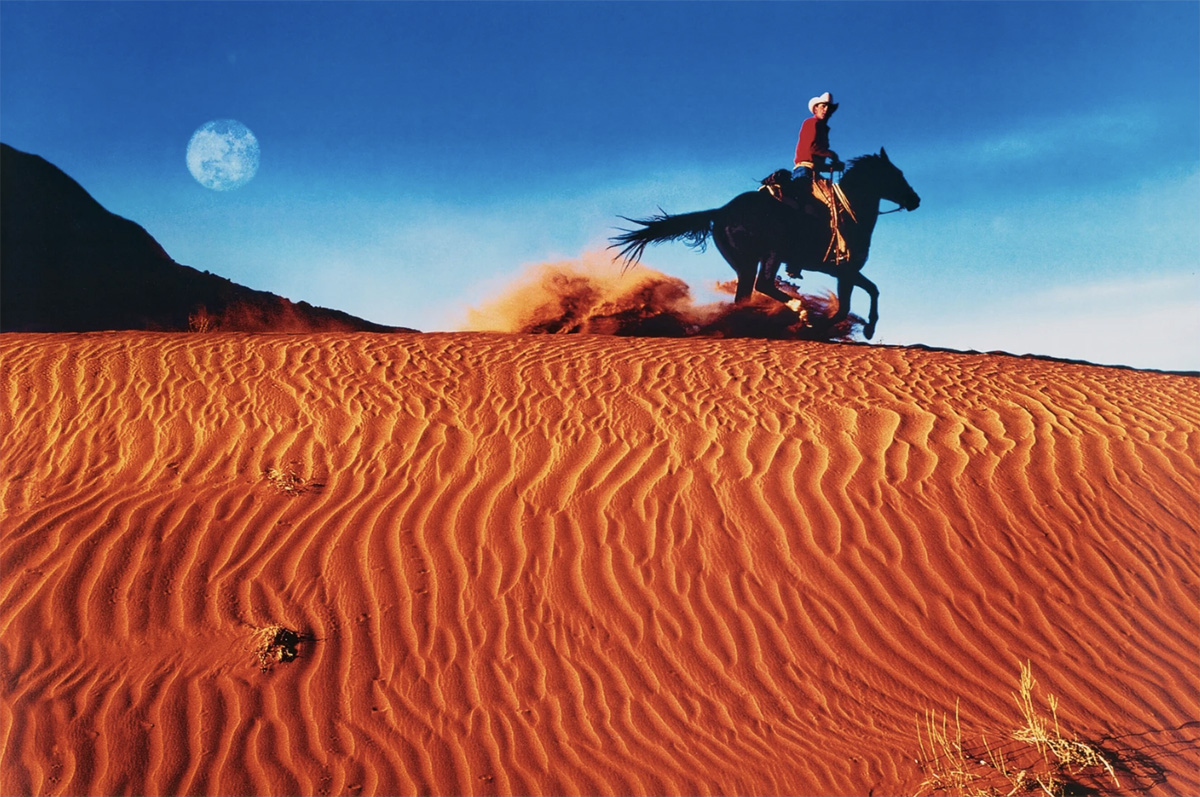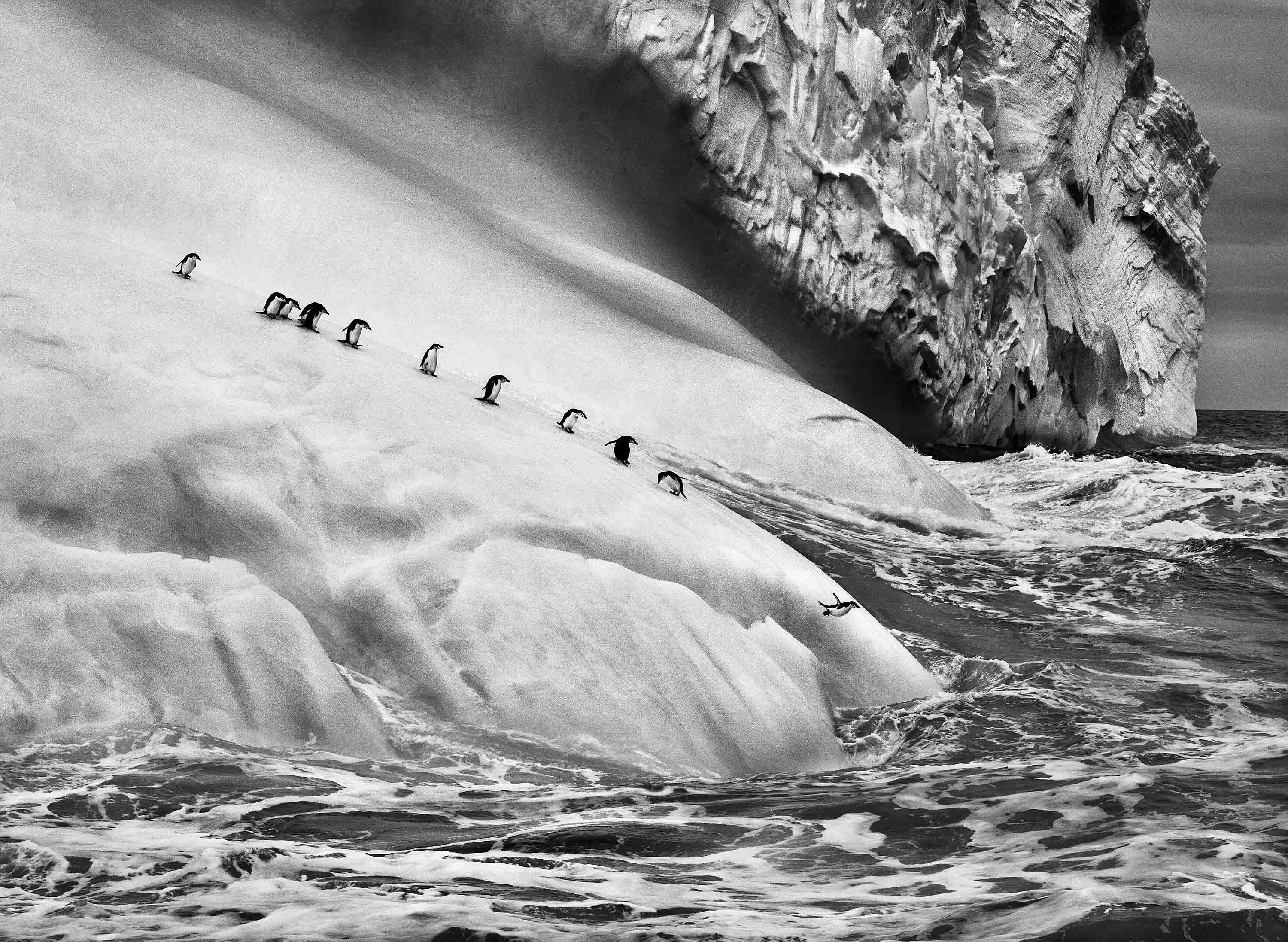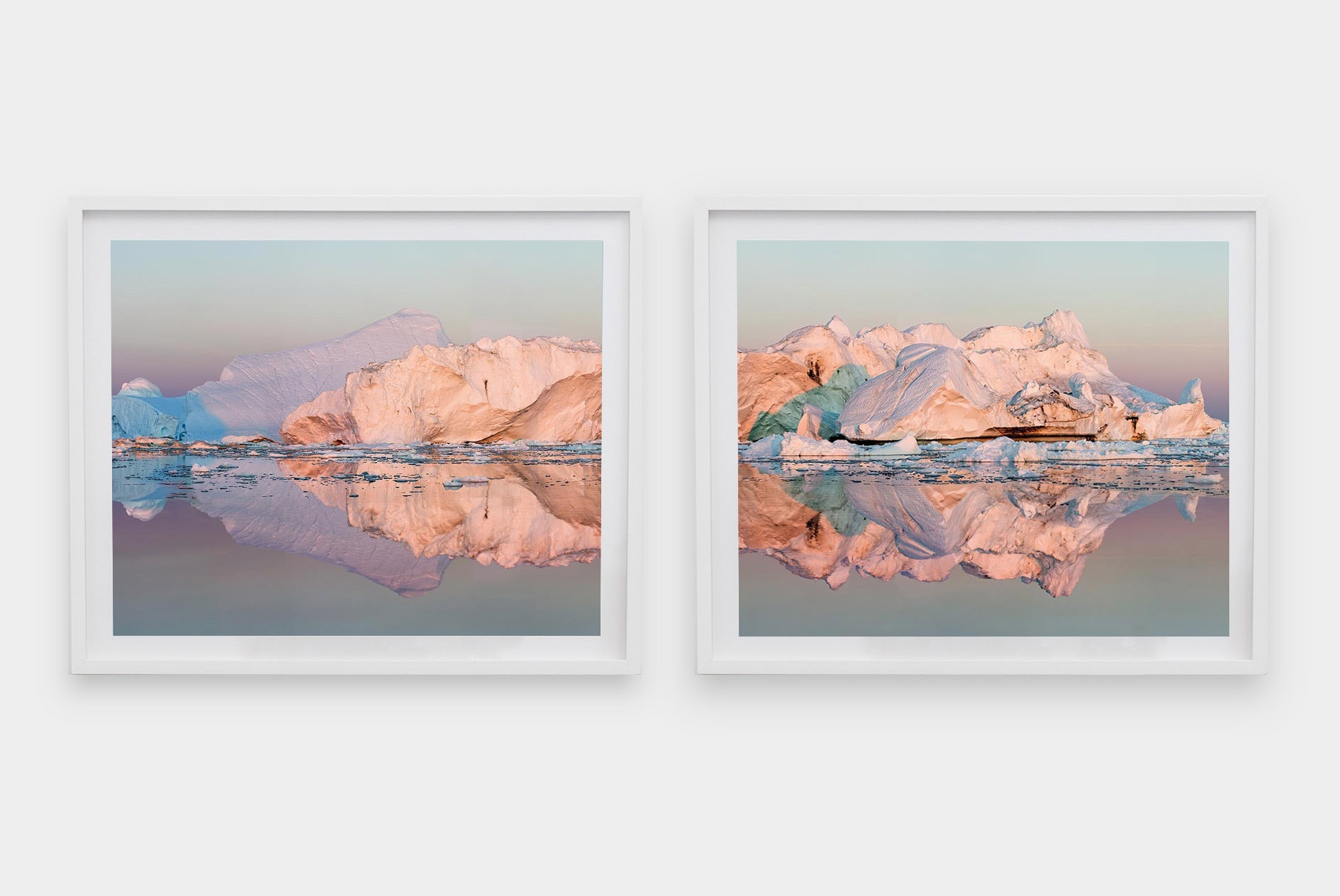Poetic Mysticism: Flor Garduno’s Relationship with Mexico
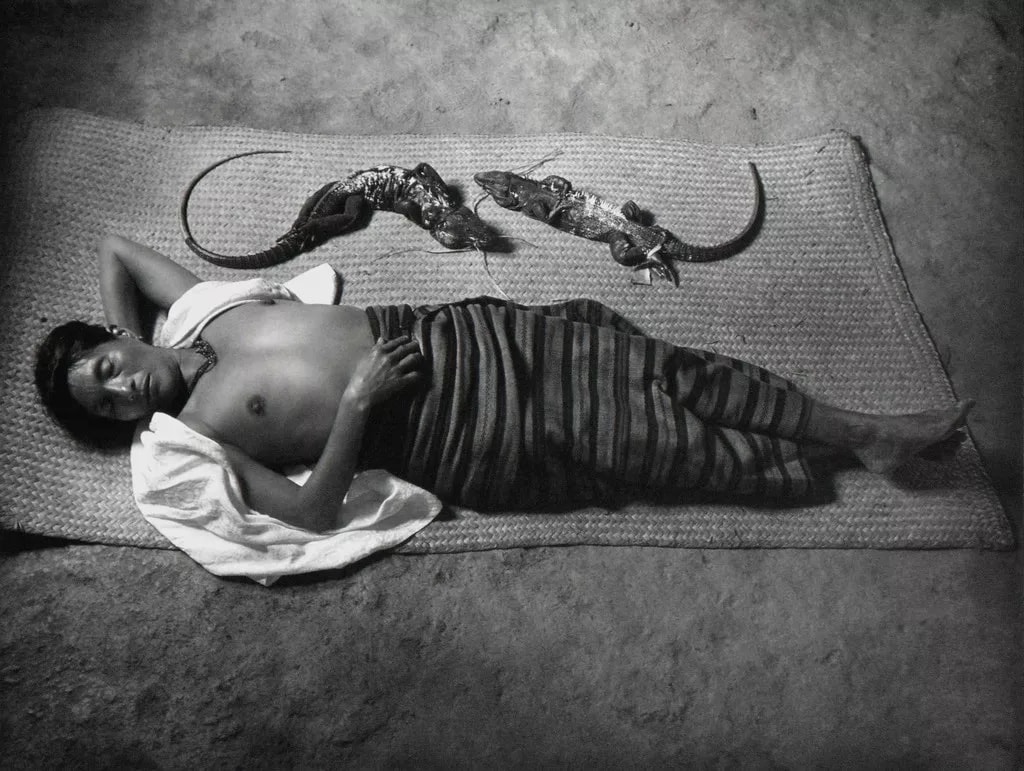
12th January 2023
After moving from Mexico City to a hacienda (farm) outside of the capital at age five, Flor Garduño adopted her father’s love of the surrounding nature, flowers and fruit. This appreciation of natural beauty instilled a deep interest and left a resounding impact on Garduño’s artistic production. From the age of 18, the artist studied under the Hungarian-born Mexican photojournalist Kati Horna at the National Autonomous University of Mexico. In 1979, Garduño quit her studies and assisted Mexican photographer Manuel Álvarez Bravo making portfolios in his darkroom.
From 1981-82, Garduño was commissioned by the Secretariat of Public Education to illustrate bilingual literacy books for schools. Under the direction of Mexican photographer Mariana Yampolsky, she visited remote indigenous regions of Mexico to document the activities and costumes of native inhabitants. This opportunity, which occurred when Garduno was only 24 years old, helped to refine the artist’s understanding and connection to the diverse cultures of her own country. According to the writer Sylvia Wolf, Garduño was conscious of her own heritage, and wanted to ‘offer an homage to the peoples of the Americas, especially the most ancestral and isolated from Western civilization’. Not only did this project allow Garduño a closer understanding of Mexico’s rich history, it gave her the opportunity to develop her own photographic style in tandem with her national identity.
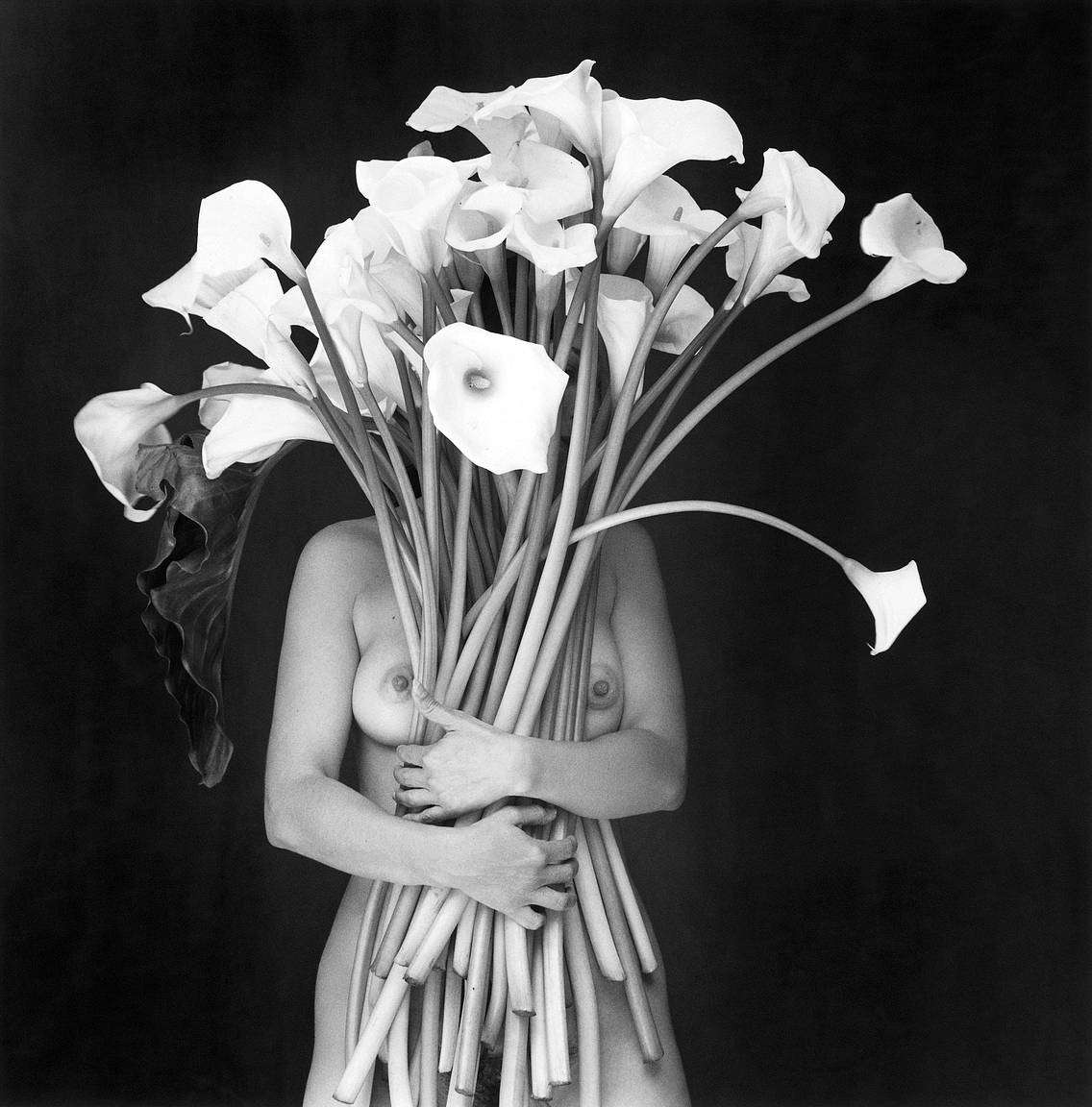
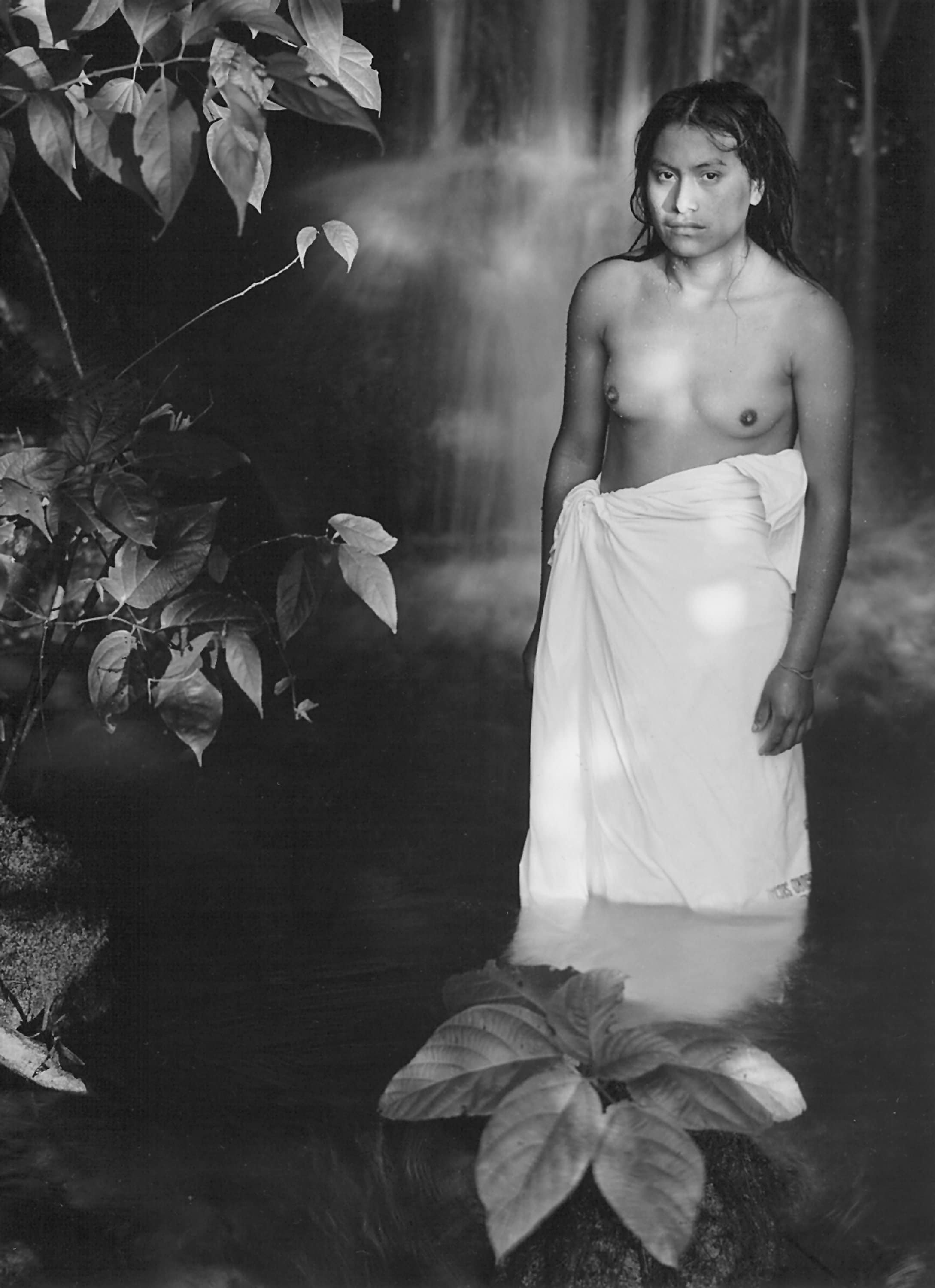
Garduño’s style is often defined by a sensual femininity, using the nude body as a site for corporeal, mystical, and unconscious ideas. Simultaneously, the artist makes a sustained effort to explore the social complexities within her country’s own cultural history. Garduño’s production during the early 2000s is dominated by nudes which complicate the female anatomy, articulating nakedness as intrinsically integrated with objects from the natural world. The photographer’s images marry bodily elements with long, wing-like leaves and blossoming flowers, obscuring the personal identities of the women she shoots in lieu of something larger: an all-encompassing aura of femininity. Her earlier works, however, take on an objective, documentary-style stance. In 1983, Garduño captured a formative photograph of an Oaxacan woman submerging herself in a waterfall. The woman is pictured partially nude, her towel trailing in the water by her submerged ankles. Her figure is surrounded by a misty haze, with clusters of burgeoning leaves by her side. Indicative of the photographer’s earlier style, Abrazo de Luz, taken in Mexico in 2000, echoes the iconography of Agua, Oaxaca, Mexico, (Water). The later image depicts a nude female torso clasping a bunch of blossoming white lilies against a plain black backdrop, echoing many elements of the Oaxacan woman’s portrait.
Through the comparison of these two images, it becomes clear just how deeply Garduño’s travels around Mexico continually inform her work. The Mexican state of Oaxaca is home to sixteen indeginous sects, and equally unique in its biodiversity. It is among the five highest-ranking areas in the world for endangered plants and animals, and accounts for 50% of all species in Mexico. Clearly, nature is at the forefront of Garduño’s work. Her earlier photographs sought to document the country’s underrepresented communities and exceptional wildlife, which in turn informed the motifs repeated throughout her later works. While Garduño’s documentary-style images offer a detailed snapshot of Mexican life; her later practice hones in on miniscule aspects of her interests, creating surreal and sensual images inspired by her home country.
FeaturedFlor Garduño
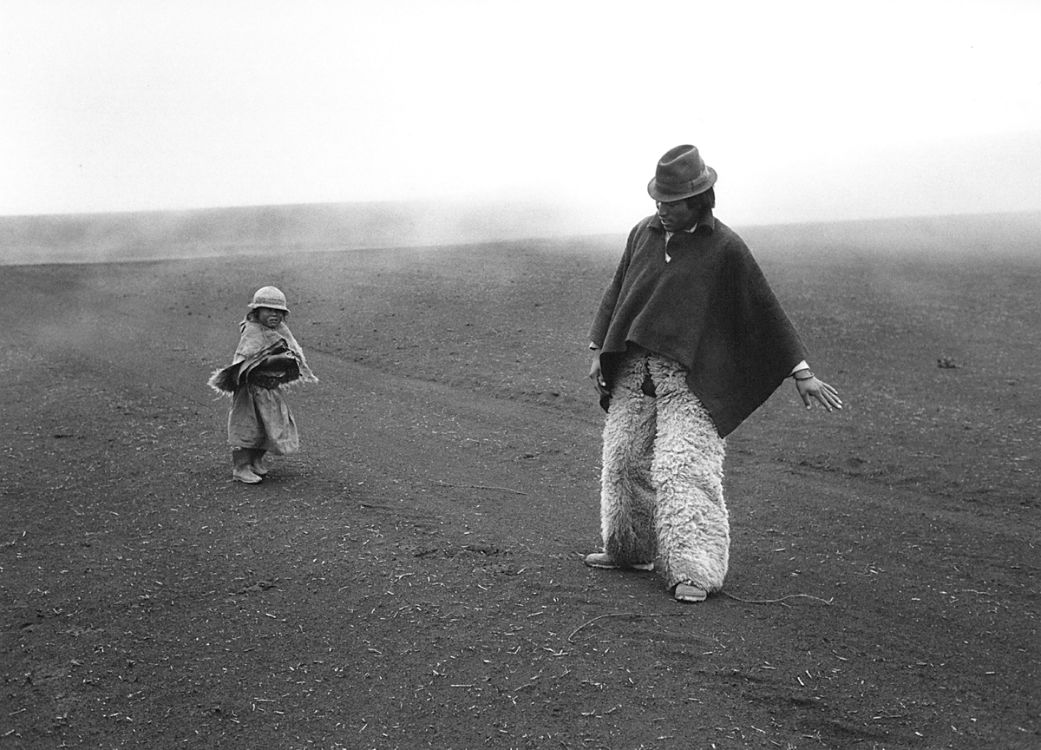
FeaturedFlor Garduño
The ArtistFlor Garduño (born 1957) is one of Mexico’s leading photographers, whose work is inspired by the people, landscape, literature and art of her native country. Garduño was born in Mexico City in 1957, but grew up on a farm not far from the capital from the age of five. Growing up in a rural community enabled her to have contact with nature. This deeply personal relationship with nature and the Mexican landscape would go on to play an integral role in her later work.
Artist Page